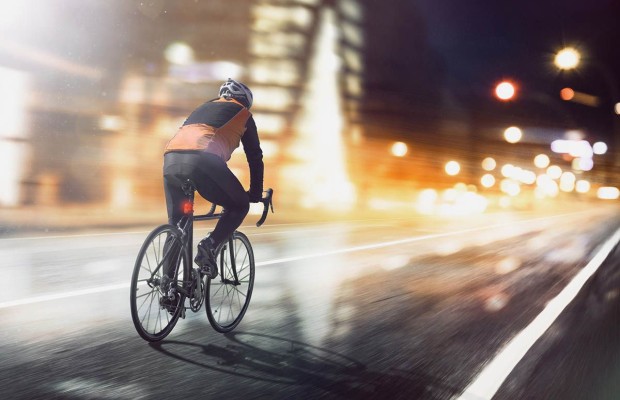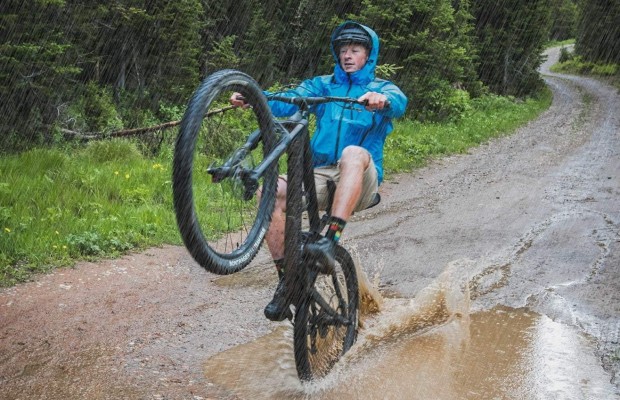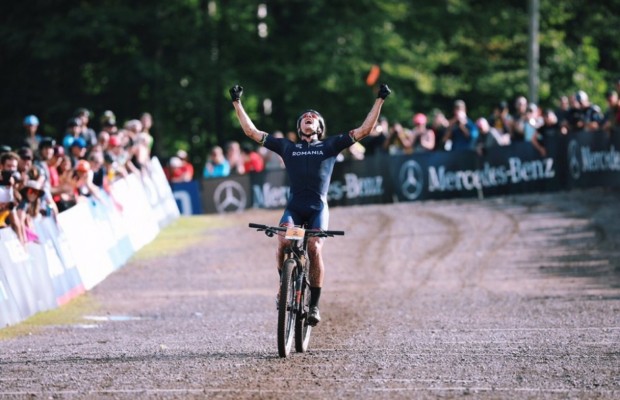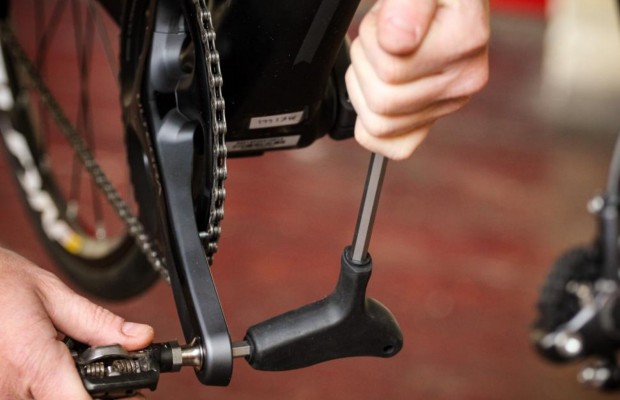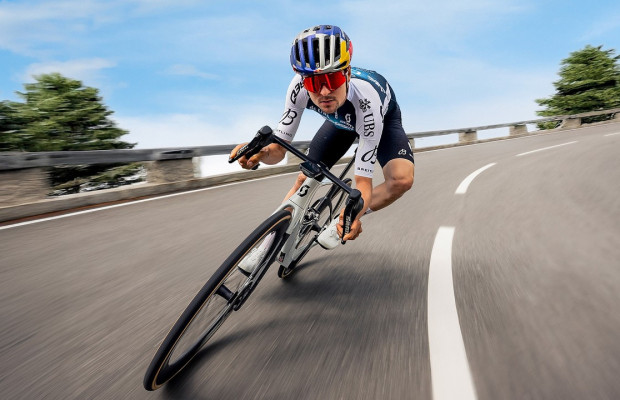Easy to apply tips for riding faster
Beating the KOM, beating your best time in a race or being first in the group requires pedaling faster. Beyond the hard training, there are a number of tips that will help you achieve this goal while making better use of your strength.
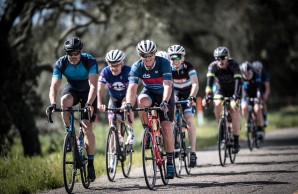
Pedaling fast goes beyond watts
All cyclists who get on a bike with a sporting philosophy seek, to a greater or lesser extent, the same thing: to go faster and faster. And the fact is that sportiness is inherent to cycling since the dawn of its practice.
No one is surprised that in order to improve on the bike it is necessary to train hard and constantly in addition to taking care of other parameters such as food or equipment. However, it's not all watts and kilos in this sport, which is precisely what gives cycling so much of its appeal. Races are not always won by the strongest but, on many occasions, the one who wins the race is the one who best knows how to read and manage each of the situations that arise.
RECOMENDADO
Outside of competition, we can apply various lessons from the world of racing to get the best out of our always scarce strength. Here are a series of tips and tricks that you can use to achieve this.
Going uphill
We start with how to approach what is undoubtedly the most decisive terrain in cycling and the one that usually separates the strongest from the not so strong. Obviously, a good power-to-weight ratio is essential. Often, however, the cycle tourist fails to approach the climbs and so does not achieve as much performance as he could.
Managing the rate of ascent is essential to avoid fainting before reaching the summit, something for which experience is vital to know how to interpret our sensations and capabilities. However, having a power meter can become a useful aid on these occasions by providing objective information on our rate of ascent. Maintaining a pace as constant as possible and in an intensity range that we know we can sustain for the duration of the uphill is the key.
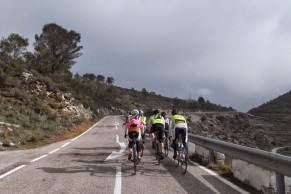
Related to this is the main mistake that cyclotourists make, which is to start too fast trying not to lose the wheel of their companions. Sometimes, having a cool head and setting our own pace will make us gradually catch those who also decided to start the uphill with an excess of optimism. Obviously, knowledge of the terrain and the type of uphill is very important here, since on steep climbs the factor of being on the wheel can save us a lot of watts if we ride fast.
Finally, we cannot forget another typical mistake, which is to use too long a gear ratio that makes you pedal with a low cadence and forces the rider to constantly stand up. With the gearing available on today's bikes, there is no excuse for not pedaling happily, which will result in less muscle fatigue during the climb.
When the downhill comes
It is heartbreaking to observe in a cycling tour or in the heart of many groups as the downhills, one of the most fun parts of cycling, become for many a torture in which they lose everything they have gained on the uphills.
We are not talking about going downhill in the open as we see in competition, but simply descending safely and tracing in a fluid way that allows us to maintain the pace of the descent and, why not, easily recover what we may have lost during the uphill if that is not our strong point.
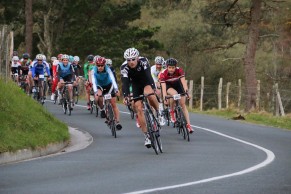
Among the main mistakes that are usually observed when facing downhill are, the most common is not holding on to the handlebar curve, a position that gives us better aerodynamics, a firmer grip against bumps, greater stability by lowering the center of gravity and a more efficient use of the brakes.
In fact, related to the insecurity generated during downhill riding by holding on to the top of the levers is the abuse of the brakes, which causes us to ride slower than we could and reduces the effectiveness of the brakes due to the increased heat they endure. Try not to use the brakes other than to slow down when approaching curves. In a straight line there is no sense in braking other than out of fear and insecurity.
Knowing the downhill and making the cleanest possible lines, in addition to making us lose less speed in each curve, will make us go down more safely as we will need to force the turns less in each curve.
Full speed through the flatlands
Although it may seem that it is a boring area, the flat and hilly terrain are perhaps the point where an intelligent cyclist can get the most out of his strength compared to others of a similar level. A situation that is summarized in knowing how to save as much strength as possible to use what we have only in the key moments.
No one is unaware that, as speed increases, aerodynamics become an essential aspect, something we can improve by simply adopting a lower and narrower position on the bike if we are pulling a group or riding solo.
As a general rule, the best position is achieved by holding on to the handlebars and with the elbows at right angles, trying to support the forearms following the line of the handlebars. A posture that can be improved by narrowing our frontal surface with something as simple as a slight anteversion of the shoulders or by using a narrower handlebar as is becoming more and more common.

Aerodynamic are also the gains we get by riding in a group and taking advantage of the wheel of other cyclists. A technique in which many cyclists fail to achieve the savings they could by riding too far apart from the cyclist in front of them or in an inadequate position for the wind direction.
If we are not clear about where the air is coming from, sometimes it is complicated with the intense noise of many cyclists riding together, we can look at tree branches or flags and other elements close to the road.
It is also important to evaluate the level of the group in which we ride to help in the relays if we have the strength, but without leaving all of them to regret it later on the next uphill, or to remain at the back following the wheel if the level of the group is higher than what our energy can give and where, if we try to pass to relay, we will only slow down the overall progress of the group.
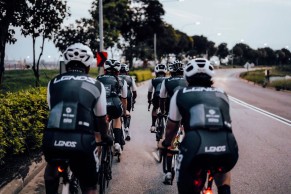
All the tactical component of flat riding is multiplied when the terrain becomes more complicated and we get into hilly terrain where reading every situation that occurs has its influence.
As on the flat, the protection of the group is essential to maintain a high pace. However, it is not uncommon to see those who set a high pace on the first hill that appears that only serves to destroy the group whose help could be useful later on.
Another of the mistakes that are often made in areas with steep climbs is that, seeing that they are short, we climb with everything trying to keep the pace. If it is an isolated hill it may be fine, but when they begin to link up we may be digging our own grave. In fact, you only have to take a look at the power meter in these situations to see that climbing hills in this way means disproportionate wattage figures that end up taking their toll as the kilometers go by.
It is also useful when facing this type of terrain to keep looking far ahead to try to guess what is coming. If, for example, we see that at the top of a steep slope we have a downhill and it is followed by another one, instead of simply letting us fall, if we pedal during the downhill to achieve greater speed we will face the next climb with greater inertia that will make us crown it more easily.
As you can see, road cycling is not only about pedaling like a robot, also our ability to know how to read the different situations can help us to make the most of the forces we have and it is perhaps the most exciting thing about cycling. In addition to the small guidelines that we have explained, experience is vital to know when we have to reserve or we have to close a gap. To do this, it is essential to analyze situations and try to learn from both our successes and, above all, our mistakes.
